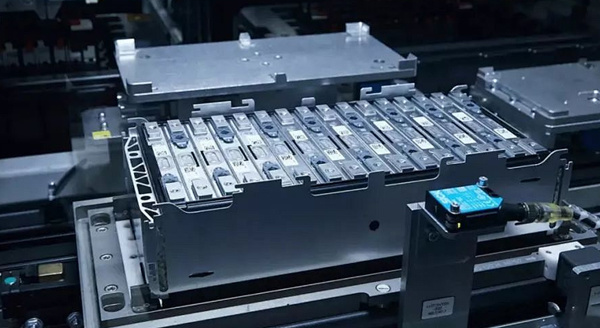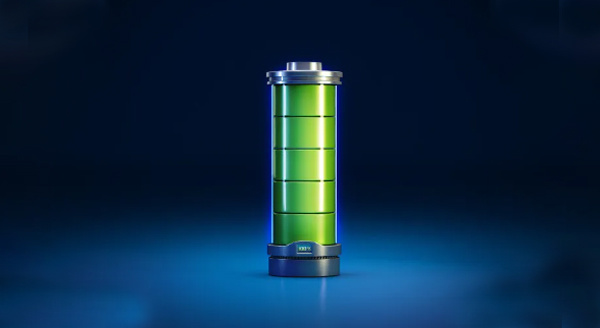Lead-acid battery technology and development
Release Time:
2024-11-29
Lead-acid batteries are the earliest technologically moulded and most maturely developed of all storage batteries. The following is a detailed introduction about it

Lead-acid batteries are the earliest technologically moulded and most maturely developed of all storage batteries. The following is a detailed introduction about it:
1. Working principle:
- Discharge process: The positive and negative plates of lead-acid battery are immersed in electrolyte (aqueous solution of sulfuric acid). When the battery is fully charged, the positive active substance is lead dioxide, the negative active substance is fluffy or spongy lead, and a voltage of about 2.1V is formed between the positive and negative poles. When the external circuit of the battery is connected to the load, the lead (Pb) of the negative pole loses two electrons, an oxidation reaction occurs, and combines with the sulfate ions ( ) in the sulfuric acid solution to form lead sulfate ( ) attached to the negative plate; the lost electrons through the external circuit flow from the negative pole to the positive pole, and the positive electrode of the lead dioxide ( ) gets two electrons, a reduction reaction occurs, and the generated lead sulfate is also attached to the positive electrode plate. In the discharge process, the positive and negative electrode redox reaction formed lead sulfate will consume sulfuric acid, so the electrolyte concentration will gradually decrease.
- Charging process: When the external circuit of the battery is connected to the power supply for charging, it is the reverse process of the discharge reaction. Positive pole surface attached to the lead sulfate oxidation reaction, lose two electrons to form lead dioxide, so as to get the original active material, lost electrons along the external circuit from the positive pole to the negative pole; negative pole surface attached to the lead sulfate reduction reaction, get two electrons to form lead (Pb), positive and negative reactions will generate sulfuric acid, so that the concentration of sulfuric acid and gradually increase.
2. Composition structure:
- Electrode plate: It consists of plate grid and active substance. The main role of the grid is to support and accommodate the active substance and to collect and transfer the electric current during the charging and discharging process, and it is usually made into a grid. Positive plate grid is thick and dense, generally for the grid of tube-type plates; negative plate grid is thin and sparse, for the grid of paste-type plates. Fiber glass, polyolefin fibre, barium sulphate, graphite fibre and other additives are usually added to the active material to improve the battery performance.
- Electrolyte: Sulfuric acid is usually used as the electrolyte, with a density of 1.2-1.28kg/L (20°C) and a transparent and colourless appearance. The impurities in sulfuric acid will react with the active substances in the electrode to generate gas and corrode the electrode, so it needs to be removed in advance.
- Spacer: Ensure the formation of ionic circuit but not electronic circuit inside the battery, composed of electric insulating material with enough voids, and the pores are filled with electrolyte to complete the task of ionic conductivity. It should have small resistance, electrical insulation, good chemical and thermal stability, high porosity, high mechanical strength, low cost and other characteristics.
Keywords:
More information







